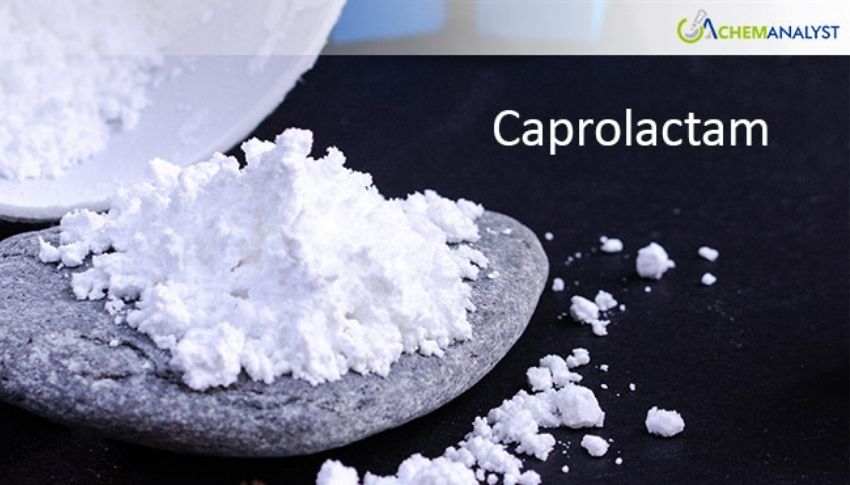Welcome To ChemAnalyst

In July 2025, Caprolactam prices fell in China and Germany due to a lack of feedstock cost support, ample supply, and poor downstream demand. Market attitude remained pessimistic despite logistical issues, and there were no apparent indications that demand would soon improve.
Caprolactam prices followed a downtrend in China as well as Germany in July 2025 due to ongoing demand-side frailties and the lack of robust cost-push drivers. Despite the steady production activities in both countries, the sentiment in the market continued to be bearish with the downstream industries continued to adopt cautious procurement plans.
In China, Caprolactam prices remained under sustained pressure due to structurally poor demand coupled with weakening feedstock prices. Producers sustained steady run rates, but bearish patterns in cyclohexanone and benzene markets limited price flexibility upwards. While mid-month benzene prices showed a slight increase, it was not enough to counteract the dominant market weakness. Supply chain disruptions, such as rain-impacted transport delays and south port congestion, had minimal impact on overall Caprolactam availability due to the lacklustre downstream offtake.
Major downstream industries such as nylon 6 and engineering plastics continued to run at low levels, with converters following cautious, hand-to-mouth buying in the face of weak domestic and export markets. Trading activity was mostly limited to low-priced transactions, with speculative buying small-scale, resulting in increasing stock levels at producer locations.
Caprolactam prices in Germany started the month of July on a downward track due to a combination of stable domestic supply and consistently low demand. Local producers-maintained production at stable rates, and intra-European deliveries further exacerbated the market oversupply situation. Logistical congestion, including port congestion, did not provide substantial price support for Caprolactam.
The automotive industry, despite increased new car registrations, exhibited limited Caprolactam offtake due to converters depending on existing stocks. The textile sector, however, was under pressure owing to poor consumer expenditure, limiting procurement quantities. Although holiday-induced buying lethargy persisted, supply-side tightness emerged towards the month-end as logistical challenges marginally constrained availability. This shift prevented further price reductions, leading to a temporary Caprolactam price stabilization despite the subdued demand environment.
In the near term, both Chinese and German Caprolactam prices are expected to experience further downside pressures during August, in view of the lack of strong signs of demand recovery. Weak fundamentals in engineering plastics and nylon 6 in China, along with cautious export demand, will probably limit any short-term price increases. Continued inventory reductions are expected in Germany's market, although price momentum is expected to remain restrained in the absence of notable restocking triggers.
We use cookies to deliver the best possible experience on our website. To learn more, visit our Privacy Policy. By continuing to use this site or by closing this box, you consent to our use of cookies. More info.
